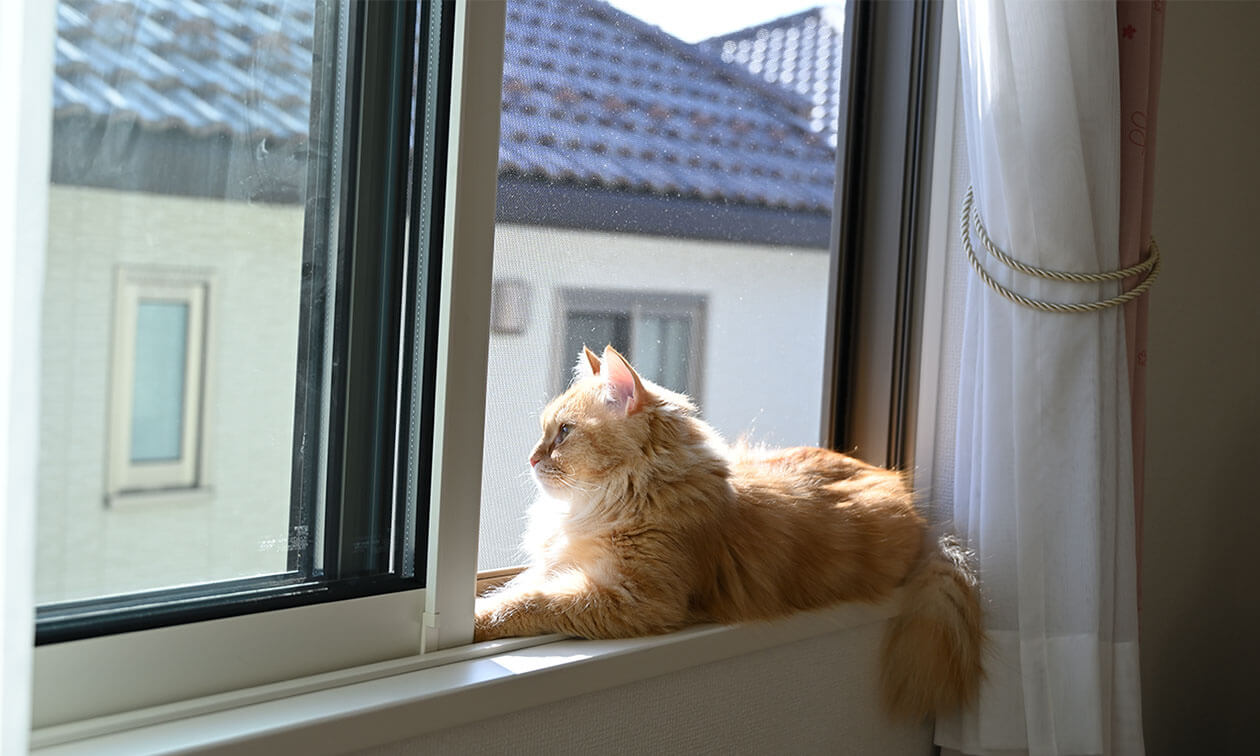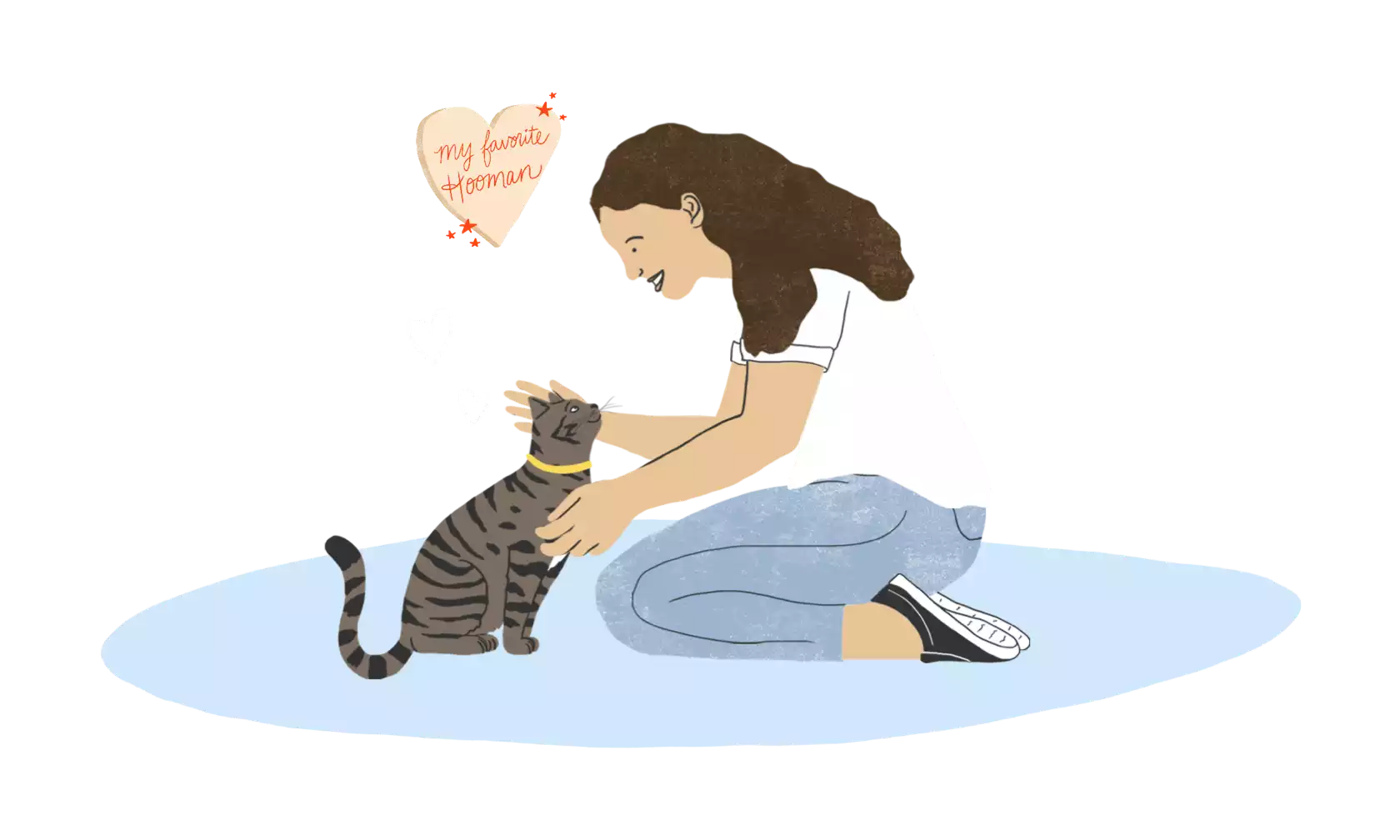For years, cats have been unfairly labeled as aloof, indifferent, or even antisocial. But the truth couldn’t be more different. Cats can be incredibly social and affectionate—you just need to understand a bit about how they communicate and what makes them comfortable. Let’s dive into the real story behind cat behavior.
Every Cat Has Their Own Personality
Just like people, each cat is unique. Their individual personality is shaped by genetics, environment, and life experiences. Some cats are naturally outgoing and friendly, while others might be more reserved or shy. Their behavior can also evolve over time as they grow and have new experiences.
Cats certainly aren’t all born antisocial and unaffectionate. Their social nature is as varied as their coat colors — ranging from quiet and independent to super cuddly and social.
Are Cats Social Animals?
Despite being known for their independence, cats can be social creatures They are more likely to enjoy the company of other cats when there are plenty of resources available. Things like ample shelter, food, water, and space. Some cats bond closely; others barely tolerate each other. A cat’s sociability varies and is heavily influenced by their early development and life experiences.
The same is true for how social a cat is with humans. Cats can form strong attachments to their owners, but. oftentimes, a cat needs time to warm up to a new person. They also have preferences about where they like to be touched. (Chin scratches are usually a safe bet.) If you get the impression that a cat doesn’t like you, it may be that they haven’t spent enough time with you, or don’t want the kind of attention you’re giving them. That’s their preference, and we should respect them.
Here are a variety of legitimate reasons a cat can come off as antisocial.
Comfort Level
Cats are prey animals by nature, so they’re wired to be cautious around potential threats (including unfamiliar people). How you approach and interact with a cat plays a big role in how safe they feel.
History
Cats come from many different backgrounds. They’re often forced to fend for themselves outdoors or may have had little to no human exposure. Some cats may not have had positive experiences with people as kittens. These are just a few reasons a cat may be cautious or keep their distance.
Socialization
Cats who haven’t had positive and frequent exposure to people, strangers, or handling are likely to have some initial nervousness around those things
Physical Discomfort
Cats who aren’t feeling well are much less likely to want to be touched or handled. They may keep their distance, hide, or even get aggressive when touched. Keep in mind cats are great at hiding illness and injury. If your cat suddenly becomes antisocial, it’s time to visit your veterinarian to ensure everything’s ok Recognizing changes in your cat’s normal behavior is one of the best ways to catch potential problems early.
Overstimulation
Cats can easily be overstimulated. They may enjoy petting one moment and walk away or even get a little aggressive the next. That’s because the interaction is feeling too intense. They may not have been taught how to manage those feelings in a positive way, or you may have missed the signs that they weren’t enjoying the interaction, causing you to push passed their boundaries.
Tips for Interacting with Cats
Your behavior and understanding plays a significant role in how social your cat will be. If you respect their preferences, watch their body language, and accept their natural temperament, you can help cats feel more comfortable interacting with you.
Don’t Stare
When a cat is stared at directly, it may perceive a threat similar to being hunted. Quick glances will help a cat feel less under attack. In fact, one of the best ways to make friends with a cat is to start by ignoring them. That’s when you seem the least threatening. And that’s why cats tend to pay more attention to the people in the room who aren’t interested in them.
Let Them Approach You
A cat’s priority is safety. They take their time to survey the situation and often watch from a distance or test the waters with short passes before they feel safe to interact with you.
Respect Boundaries
When a cat approaches you, hold your hand out to ask if they’d like to be petted. If they rub on your hand, that’s a yes. Pet them for a few seconds. Then, take a break. This shows them you won’t be forceful and allows them to stop asking for pets at any time.
Know Where to Pet
Until you know a cat well, limit petting to the head and shoulders. This is the area most cats prefer, at least initially.
Watch Their Body Language
If a cat keeps their distance, tries to look smaller or larger, has wide, darting eyes, fidgets, twitches their skin or swished their tail in an agitated way, or turns their ears sideways or backwards, they’re likely feeling uncomfortable. Back off and avoid approaching them further.
Give It Time
This is especially true if you bring a new cat into your home. Their whole life just changed. It may take them some time to settle in and feel safe. Don’t rush it. Let them set the pace.
Don’t buy into old adages that cats are antisocial. Cats can be loving, cuddly, social pets. Your cat can bond strongly to you and other animals. They are unique and if they aren’t highly social, that’s ok, too. Let them be who they are, but don’t think cats are always antisocial by nature. There’s a lovebug waiting to come out when they feel safe and secure.
ZPC-04569



